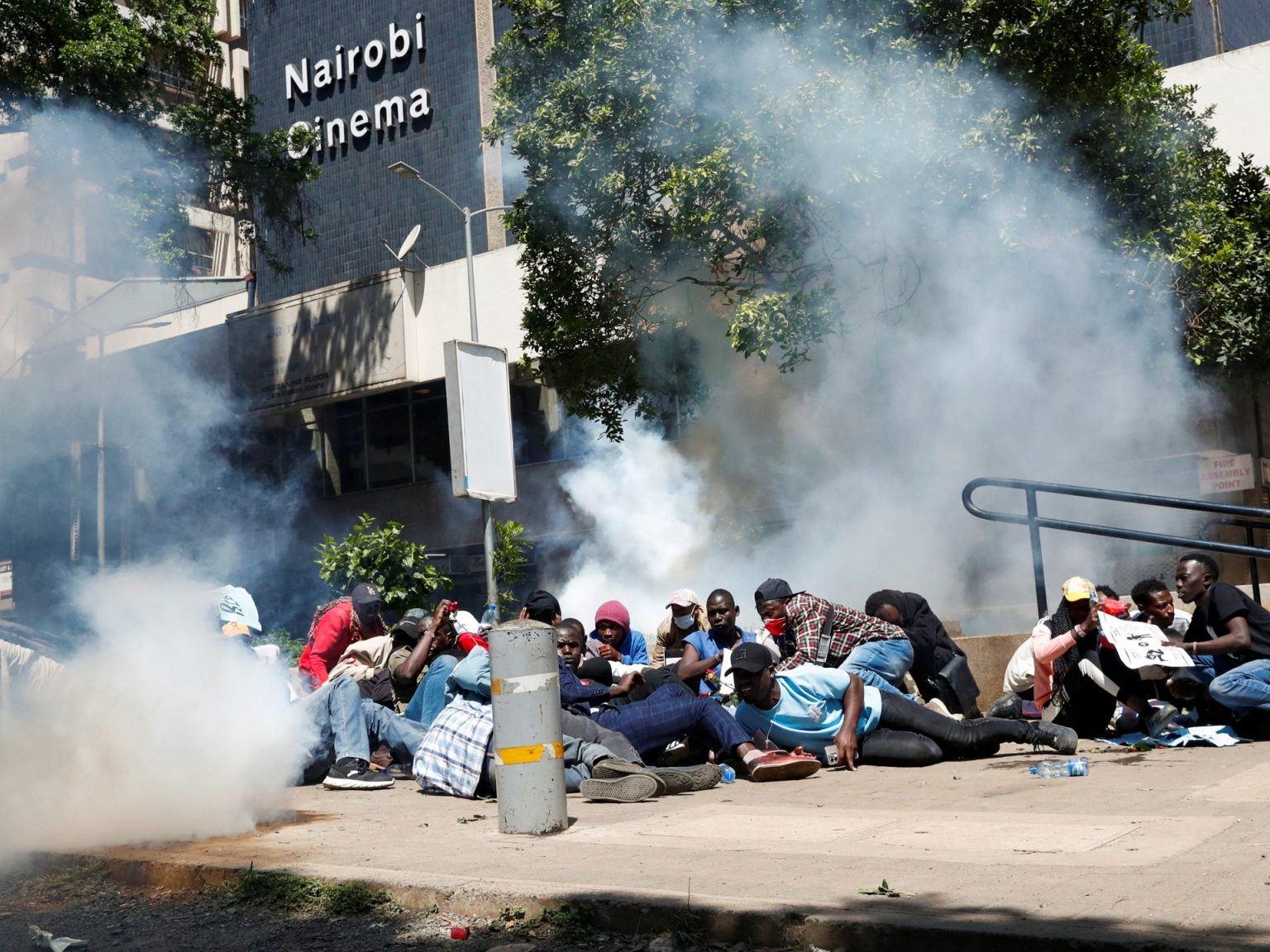The streets of Nairobi have become a battleground between Kenyan citizens and their government, as a wave of alleged abductions targeting government critics has sparked widespread protests and condemnation from human rights groups. Dozens of Kenyans have reportedly vanished in recent months, raising alarms about the resurgence of oppressive tactics reminiscent of darker periods in the nation’s history. Protesters, primarily young Kenyans, have taken to the streets, demanding answers and accountability from the government, while police respond with tear gas and arrests, further escalating tensions. Human rights organizations and legal experts accuse the police and intelligence services of orchestrating these disappearances, alleging a pattern of extrajudicial arrests and detentions. The Kenyan government, however, denies any involvement in these abductions, asserting its commitment to upholding the law and protecting the rights of its citizens.
These recent protests, initially triggered by proposed tax hikes, have evolved into a broader movement challenging President William Ruto’s administration. The demonstrations, cutting across traditional ethnic divisions, represent a significant threat to Ruto’s authority and highlight a growing dissatisfaction with his leadership. The president, acknowledging the gravity of the situation, has publicly pledged to address the abductions and ensure the safety of young people. However, skepticism remains high among protesters and activists who view the government’s response as inadequate and insincere. The abductions have created a climate of fear, silencing dissent and eroding public trust in the government’s commitment to democratic principles.
The Kenya National Commission on Human Rights (KNCHR) has documented a disturbing trend, reporting at least 82 alleged kidnappings since anti-government protests began in June. Among the missing are four social media users who shared AI-generated images of President Ruto deemed offensive by his supporters. These disappearances echo a dark chapter in Kenya’s past, particularly during the rule of President Daniel Moi, when abduction and torture of opposition figures were rampant. The KNCHR has warned that the country risks returning to this era of repression if the current wave of abductions is not addressed decisively. The commission’s concerns underscore the fragility of democratic institutions and the urgent need for accountability and transparency within the government’s security apparatus.
The protests themselves represent a significant shift in Kenyan political dynamics. Unlike previous demonstrations often driven by established political figures or ethnic allegiances, the current movement is largely organic, leaderless, and digitally organized, primarily led by young Kenyans leveraging social media platforms to mobilize and coordinate their actions. This grassroots nature of the protests signifies a departure from traditional political structures and reflects a growing disillusionment with established political elites. Analysts see this as a sign of a political transition in Kenya, with young people taking the lead in demanding greater accountability and democratic reforms. The leaderless nature of the movement makes it more difficult for the government to suppress dissent through targeted arrests of key figures.
The case of opposition lawmaker Okiya Omtatah exemplifies the ongoing struggle for justice and accountability. Omtatah, along with other protesters, was arrested during a demonstration in Nairobi while advocating for the release of seven youths allegedly abducted by the police. He filed a lawsuit demanding their release, emphasizing that if they had committed any crimes, they should be formally charged and presented in court. Omtatah’s actions underscore the determination of activists and opposition figures to challenge the government’s alleged abuses of power and uphold the rule of law. The arrests of protesters and opposition figures add fuel to the fire, further galvanizing the movement and increasing public pressure on the government.
The unfolding events in Kenya represent a crucial juncture for the country’s democracy. The alleged abductions, coupled with the government’s response, have raised serious concerns about the respect for human rights and the rule of law. The protests, driven by a young generation demanding change, highlight the deep-seated frustration with the current political climate. The government’s ability to address these grievances and restore public trust will be critical in determining the future trajectory of the nation. The international community, including human rights organizations and democratic governments, must closely monitor the situation in Kenya and exert pressure on the Ruto administration to ensure accountability and respect for fundamental human rights. The ongoing struggle between the government and its citizens underscores the fragility of democratic gains and the constant vigilance required to protect them.

